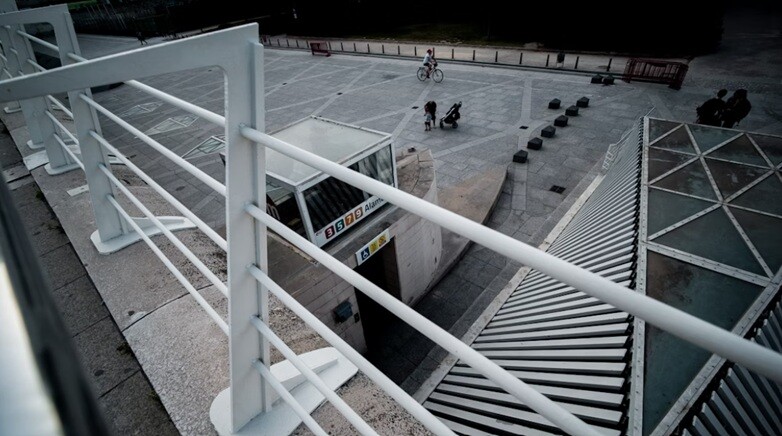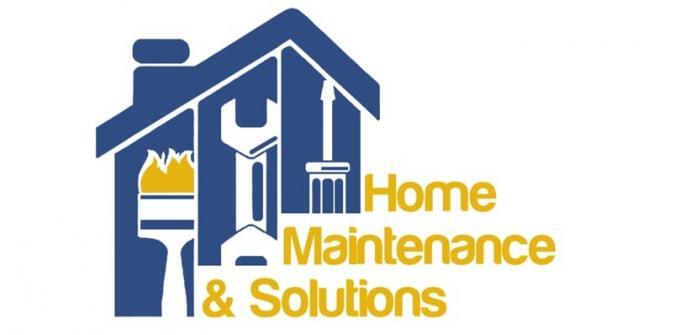The industrial world is busy and active, one that requires as much safety as possible because all it takes is one wrong move. The worksites, the warehouses, the construction areas, and the factory all hold some risk, especially when an individual is working at heights, using rough surfaces, and operating heavy equipment. Putting up safety handrails is one of the best safety precautions, but it is rarely taken seriously.
This blog is going to discuss the importance of industrial handrails, the advantages they have, and why every employer is supposed to invest in them.
The Reality of Workplace Hazards
Plain barriers like the safety railing systems are not only advisable but also a requirement by the laws governing occupational safety. They become a reminder of boundaries, provide safe footsteps, and provide a reliable means of stability in movement. When used properly, they form a defence against avoidable and unwanted injuries.
How Safety Handrails Prevent Injuries
Handrails not only act as a guard. These are the most important ways in which they contribute to the decrease of risks on industrial sites:
1. Fall Prevention at Heights
Prevention of falls on raised platforms, walkways, stairs, and mezzanines is one of the most important functions of handrails. The fact is that the missing barriers can have disastrous results, whether it is a permanent staircase or a temporary scaffolding system.
2. Defining Safe Pathways
On numerous sites, especially those that have acute traffic movements, there should be a very clear boundary between the pedestrian and automobile areas. The use of safety handrails helps in directing workers and visitors of sites to the safe corridors and out of the unsafe areas.
3. Support in Slippery or Uneven Conditions
Handrails are stable and supportive, preventing slips and trips, particularly when workers are handling loads or are in an area with poor visibility.
4. Emergency Evacuation Support
There is a possibility of crowding or hurrying in times of emergency, which may be caused by panic and confusion. Handrails offer a safe and more familiar evacuation pathway, specifically on stairs and ramps, where people tend to fall under pressure.
Materials and Design Options
Industrial handrails can be provided in a variety of materials, each specific to certain conditions:
- Industrial handrails may be supplied in all sorts of materials that are specific to the conditions:
- Galvanised steel. These are long-lasting and weatherproof and it is suitable for heavy-duty outdoor settings.
- Aluminium: It can be simply worked with, it is not prone to corrosion, and can be well used in highly moist areas.
- Powder-coated versions: Can be customised to be seen and branded, and offer greater protection against corrosion.
To make them flexible, permanent, or temporarily use-controlled, designs may consist of modular systems through to permanent fixtures or of removable barriers. It is important to note that selecting the proper type is the key to making the system fit the needs of the particular site.
Compliance and Legal Responsibilities
The workplace safety laws require that the workplace use guardrails and fall protection measures in a case where one level is within the reach of another level.
The standards to be observed by handrails and railings include AS 1657, which serves the purpose of giving guidelines on the design and performance criteria of fixed platforms, walkways, stairways, and ladders.
Beyond Safety: Efficiency and Confidence
Productivity is promoted in safe conditions. Employees who have a sense of safety in their environment are bound to work optimally and with ease. In addition, having safety measures in place, which are visible, like safety rail systems, can also positively impact clients, investors, and auditors. It appears as part of a culture of responsibility and detail orientation.
Understanding Site-Specific Needs
Industrial sites are individual, and the one-size-fits-all approach to handrails can hardly do the trick. The initial stage of determining the necessary presence of handrails should be a thorough risk assessment. Considerations include:
- Transition and floor levels
- Stairway, ramp, and walkway locations
- Places where there is excessive pedestrian traffic or poor visibility
- Being near a machine or dangerous substances
Once a review of the site is conducted, it is advisable to seek advice from professionals who can suggest custom solutions that will conform to safety standards and legal standards as well.
Don’t Forget the Bigger Picture
Although the critical role is very obvious, they can only be effective when accompanied by training the employees, identification of hazards, frequent maintenance operations, and signage. To get an improved assessment of the hazards and the practical means, which you can use to protect yourself in the work site, it would be helpful to skim through the guide about common worksite accidents and how to prevent them.
Final Thoughts
To make the place of work safer, more efficient, and professional-looking, one of the steps is to invest in quality, durable handrails. Preventive measures always work better than a cure in the case of an accident in the workplace.
You may also like to read,
- Emergency Evacuation Diagrams in the Workplace
- Why You Need to Keep Your Industrial Facility Organized and Safe







